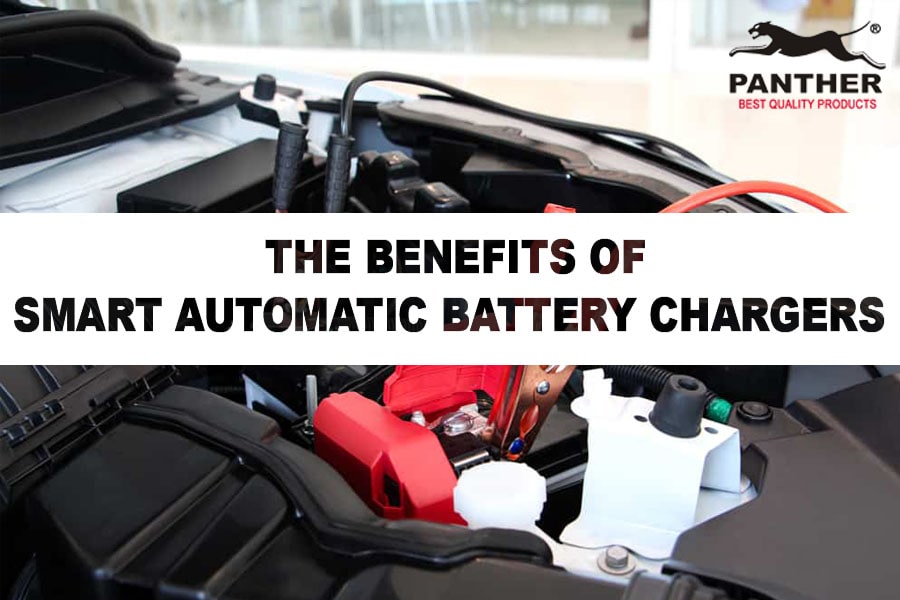
Table of Contents
Smart battery chargers are becoming increasingly popular among car and motorcycle owners who want to keep their batteries in peak condition.
Not convinced? Let us break down the four main reasons why a smart battery charger could make sense for you.
Reason #1 Money savings
Using advanced algorithms and microprocessors, smart battery chargers are now able to optimize the charging process, protect against overcharging, and extend the life of your battery.
In the past, you’d have to monitor your manual battery charger so that you can prevent overcharging, since overcharged batteries could result in quick degradation of the battery performance. However, with smart battery chargers, batteries can now be kept connected indefinitely as float charging techniques are utilized to prevent overcharging.
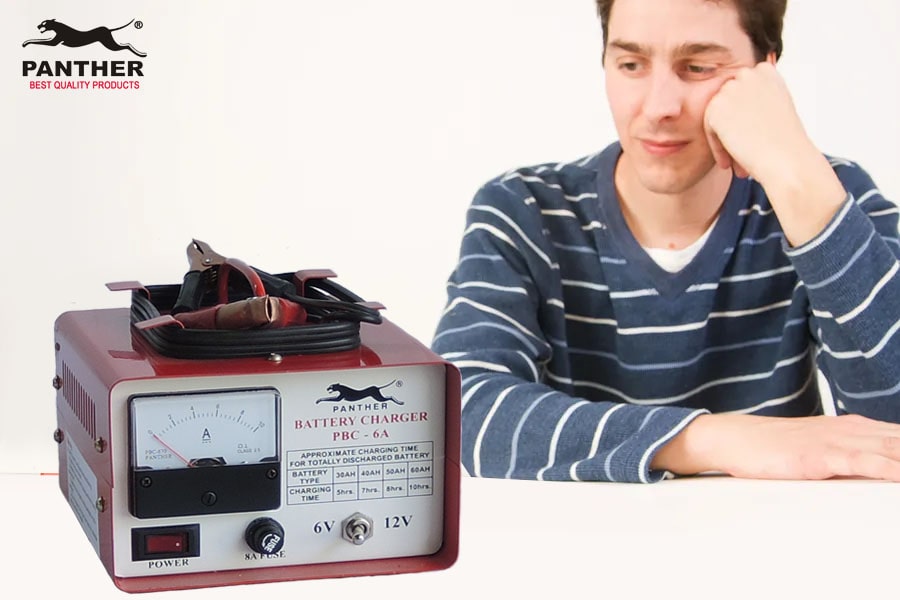
Given this, using a smart battery charger results in prolonged battery life, allowing you to use the same batteries for longer instead of constantly replacing them. In this manner, you save on the cost of replacement.
Reason #2 Lightweight and portable
Using switch mode technology, smart chargers are able to convert from AC to DC without relying on traditional (and heavy!) transformers. This allows smart chargers to be more lightweight, compact and portable without sacrificing the charger’s efficiency
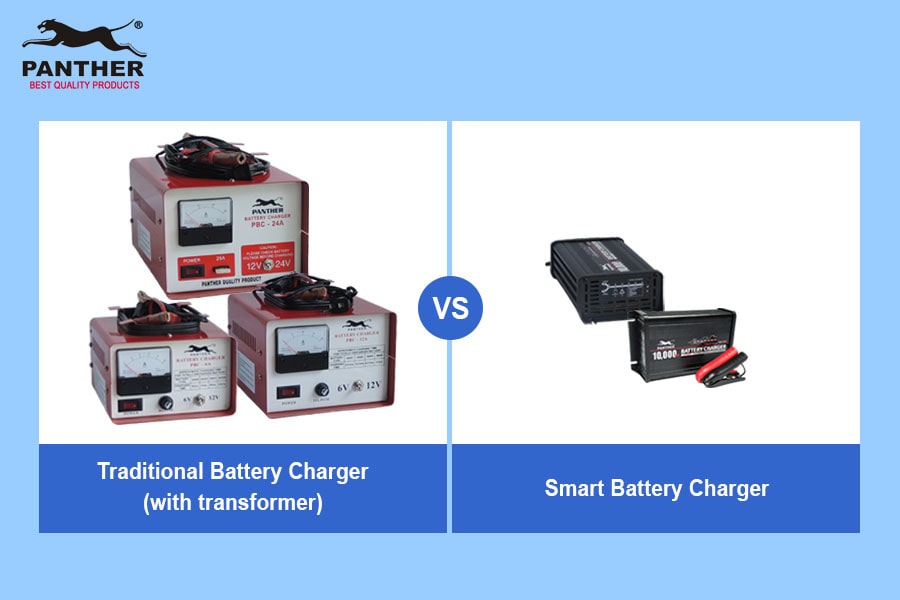
As such, smart chargers today are incredibly convenient and easy to transport, making it an excellent option for people who need to charge a battery in a remote location.
Reason #3 Safety
Perfect for beginners who might not have handled battery chargers before; smart chargers are considered super safe given built-in safeguards, such as:
- Reverse polarity protection (prevents output leads from sparking due to accidental reverse connection or short circuit)
- Output short protection and over voltage protection
- Non battery link protection (battery charger goes into protection state when connected with non-battery load)
- Thermostatically controlled cooling fan for electronic circuit. It will engage automatically when the unit reaches a certain temperature, thus preventing overheating

Reason #4 Environmental savings
In the past, batteries that have been left discharged for long periods of time would be discarded as they could no longer be revived. However, smart chargers today are able to utilize technology to recondition a seemingly dead battery or simply to improve battery performance, through desulphation or by introducing a slow, low, and steady current to the battery.
So, instead of throwing away “dead” batteries, batteries are now given new life. Not only are you saving money, but you’re also saving Mother Earth.

Features of a Smart Battery Charger
To give you a better idea of how smart battery chargers are able to do all of the above, let us walk you through the charging stages of a smart battery charger. Each charger may have its own features however, so for the purpose of this article, we’ll delve deeper into the seven-stage automatic charging process used by Panther’s smart Automatic Battery Charger.
Let’s take a closer look at each of these stages.
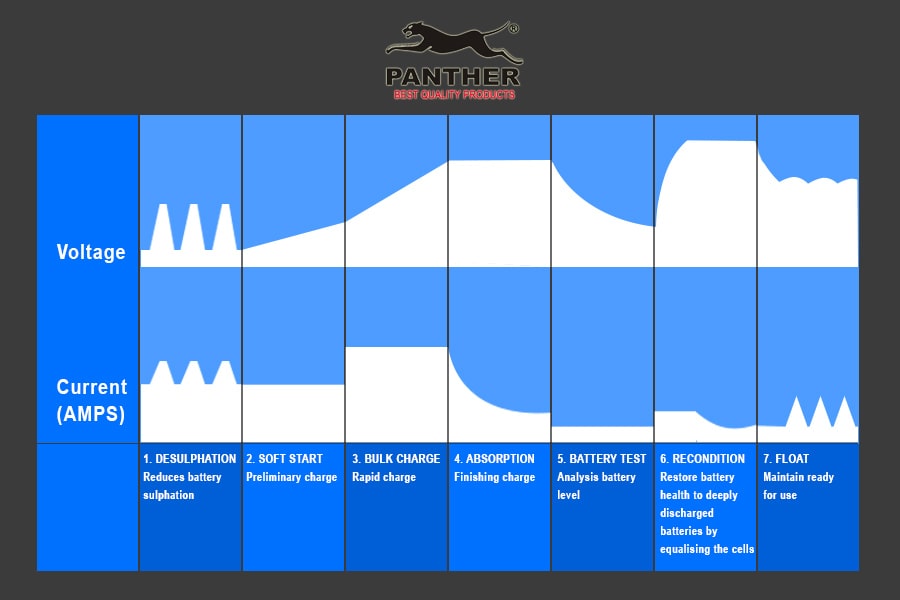
Desulphation
The first stage of the charging process is desulphation. This stage is designed to remove any sulphate crystals that may have formed on the battery plates, which can reduce the battery’s ability to hold a charge. The charger applies a high voltage pulse to break down the crystals and restore the battery’s performance.
Soft Start
The second stage of the charging process is the soft start. This stage is designed to slowly introduce power in order to avoid any damage to the battery or the charger.
Bulk (Constant Current)
The bulk charging stage is where the charger provides the maximum charging current to the battery. The purpose of this stage is to quickly charge the battery until it reaches a specific voltage level. As part of its “smart” feature, the charger sets a time limit by which the voltage limit should be breached. In case this limit is not breached within the set period, the charger would switch to fault mode and discontinue charging, as the battery being charged could be faulty or the capacity is too large.
Absorption (Constant Voltage)
Once the battery has reached the desired voltage level, the charger switches to the absorption stage. During this stage, the charging current is gradually reduced so the battery can absorb more power, and to prevent the battery from overcharging. The charger monitors the battery voltage and adjusts the charging current to ensure that the battery is charged at the optimal rate; up until the current is gradually brought down to zero when no more power can be added without overcharging the battery.
Battery Test
The battery test stage is designed to check the health of the battery. The charger will measure the voltage of the battery for 90 seconds to determine its condition and if the charge was successful. If the battery is in good condition, the charger will move on to the Float stage. If the battery is damaged or cannot hold a charge, the charger will proceed to the Recondition stage.
Recondition
If the battery is found to be in poor condition during the battery test stage, the charger will now undergo reconditioning. This stage involves a deep discharge of the battery, followed by an introduction of a low constant current for a period of four hours. The purpose of this stage is to remove any buildup on the battery plates and restore the battery’s performance.
Float
The final stage of the charging process is the float stage. During this stage, the charger maintains the battery at a fully charged state by providing a low current charge. This stage ensures that the battery is ready for use and is protected against overcharging.
To sum it up, a smart battery charger provides a more efficient and effective way of charging batteries by optimizing the charging process. The 7 stages of automatic charging – desulphation, soft start, bulk, absorption, battery test, recondition and float – ensure that the battery is charged at the optimal rate, and that it is protected against overcharging and other hazards, since it is able to automatically adjust the charging rate to optimize for battery life and performance.
Looking for a smart battery charger to purchase?
Look no further! Panther’s Automatic Battery Charger PBA 1012 and PBA 1024 are designed to be compatible with a wide range of lead acid batteries such as AGM, calcium and gel batteries.
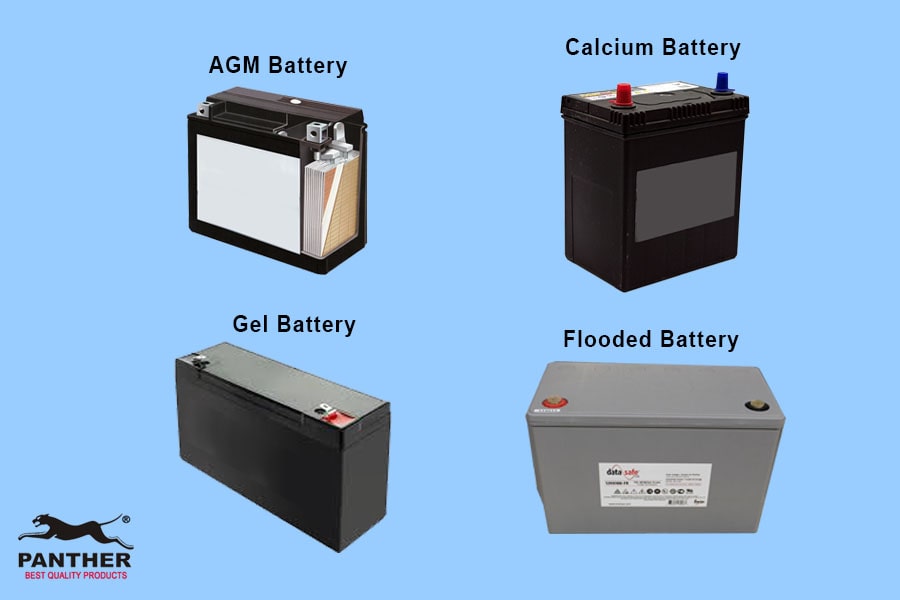
It features a maximum charging voltage of 12 or 24 volts and a maximum charging current of 10 amps, making it suitable for charging most motorcycles and cars. In addition to these advanced charging features, the Panther Automatic Battery Charger series also includes a range of safety features, such as short-circuit protection, over-temperature protection, faulty battery protection, and reverse-polarity protection.
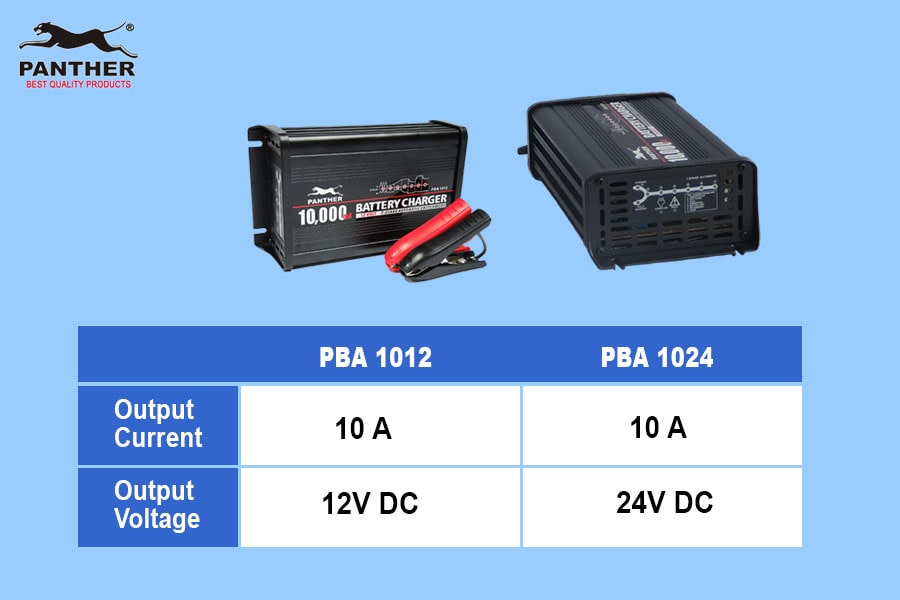
For easy access, you can check out the available Panther Automatic Battery Charger models through this link:
- PBA 1012: Panther Automatic Battery Charger 10A Output Current, 12V DC Output Voltage
- PBA 1024: Panther Automatic Battery Charger 10A Output Current, 24V DC Output Voltage
Overall, smart battery chargers like the Panther PBA 1012 and PBA 1024 are an excellent investment for anyone who wants to keep their car or motorcycle battery in peak condition. With their advanced algorithms, automatic charging processes, and safety features, these chargers can help you save time and space, save the environment and ensure your safety, while minimizing frustrations that can arise from a dead or damaged battery or charger.




0 Comments